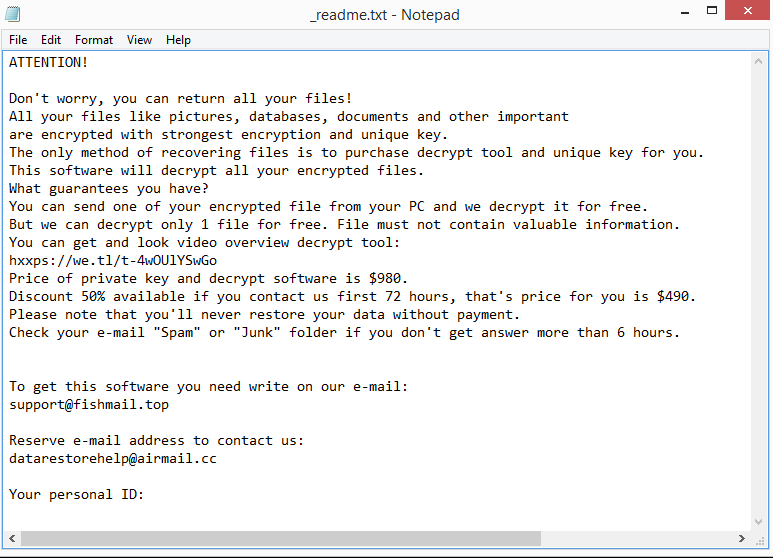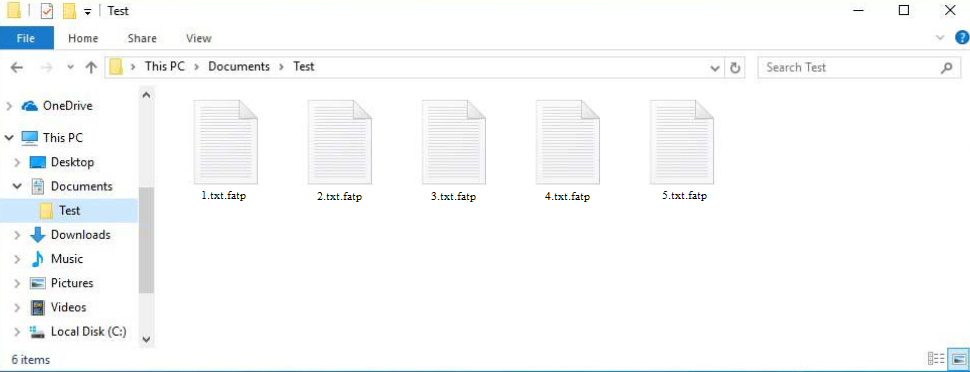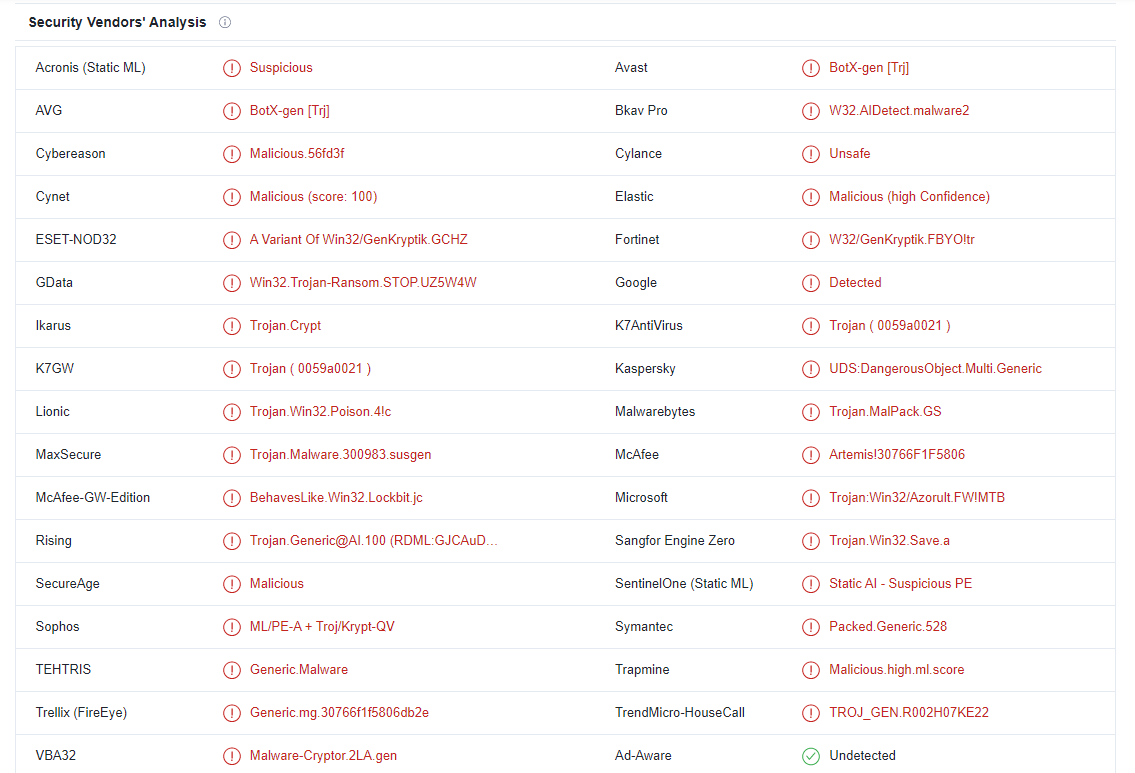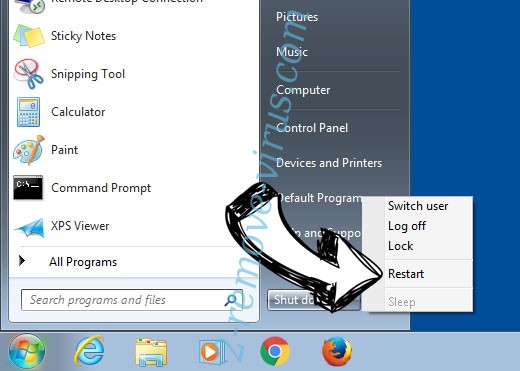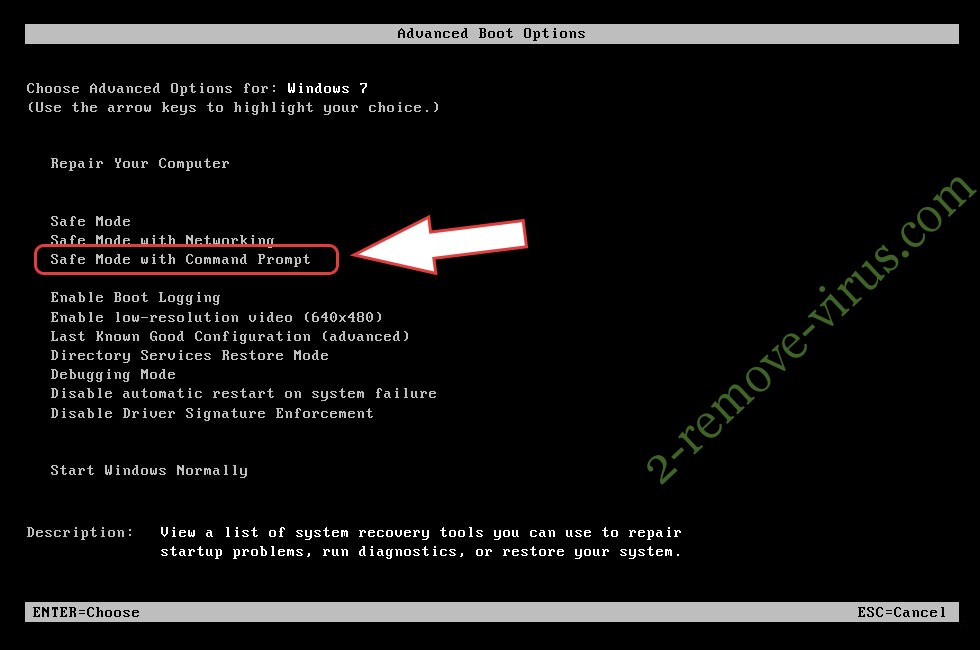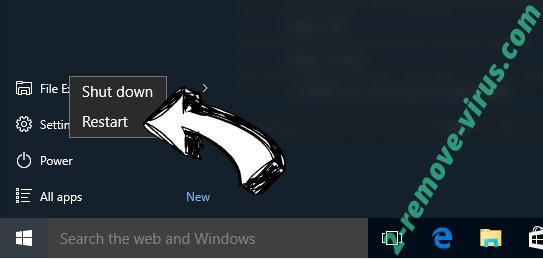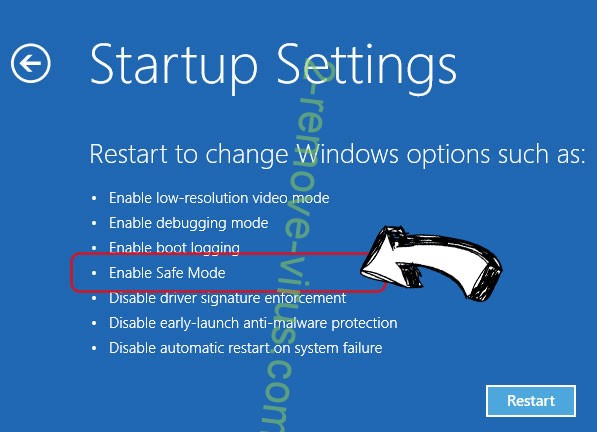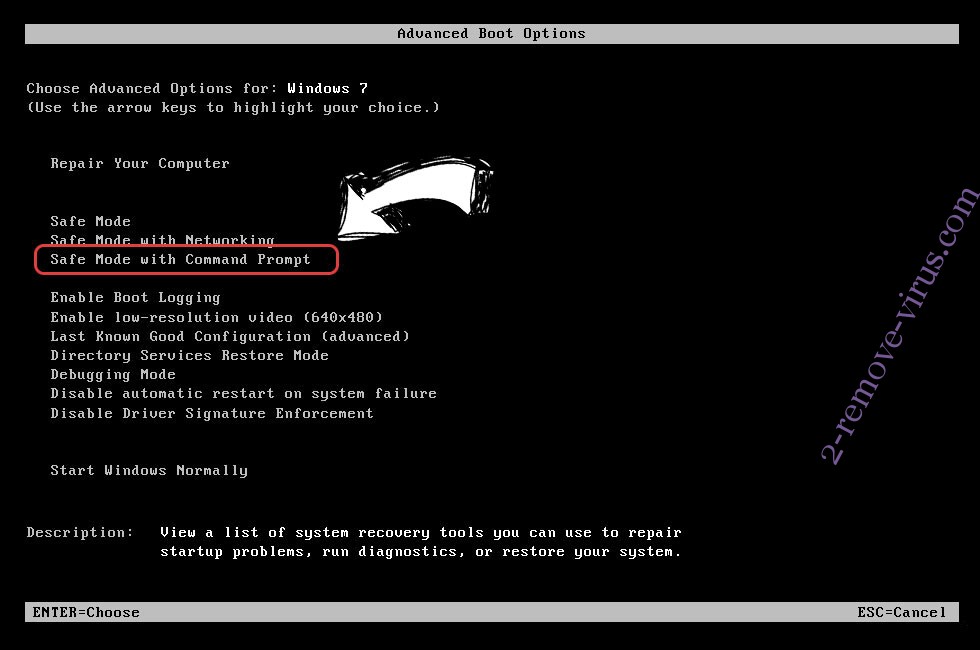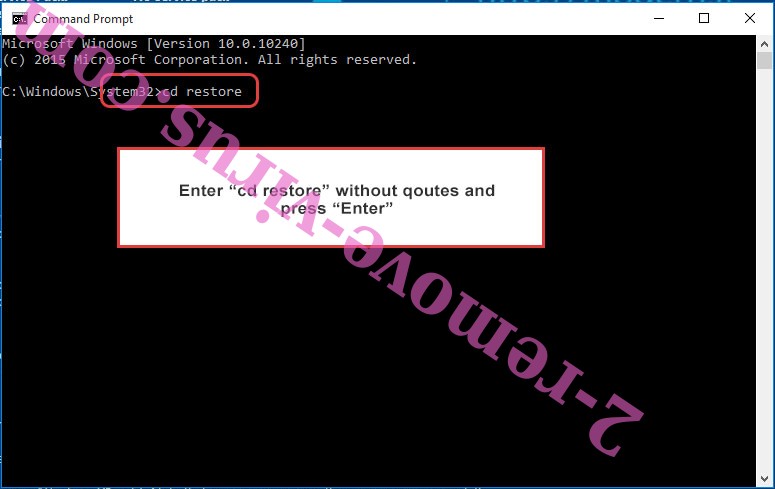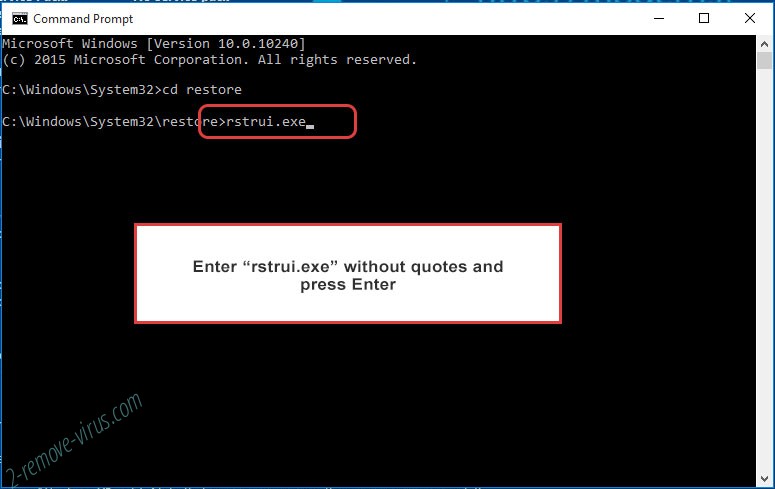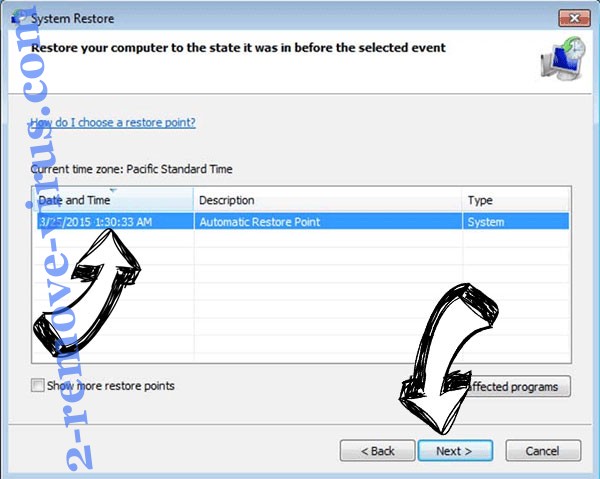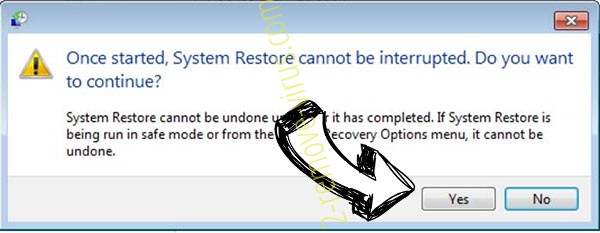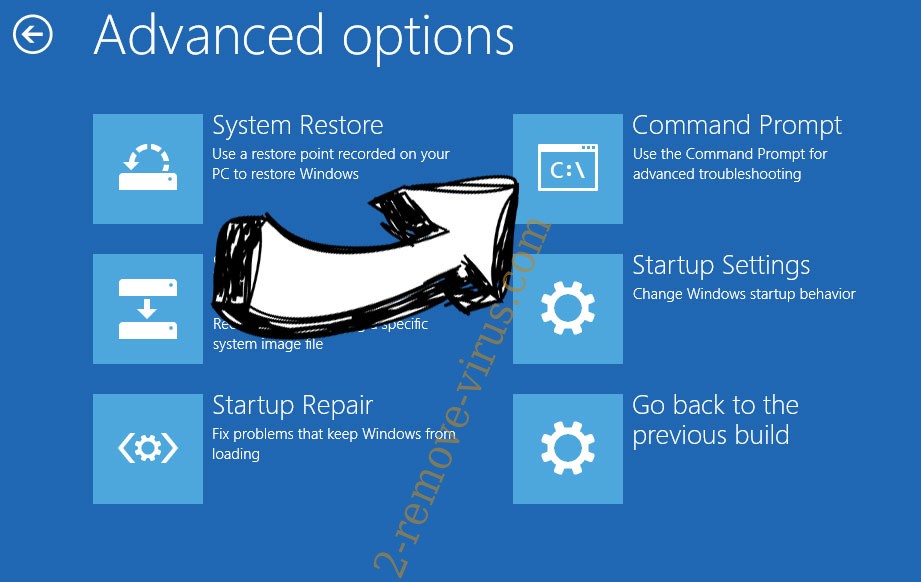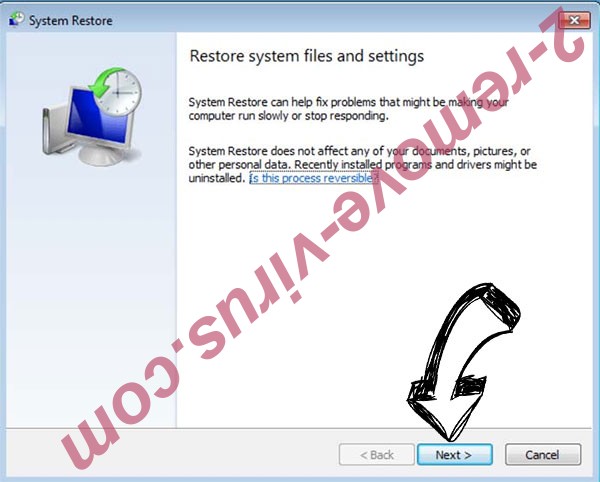Fatp ransomware is one of the most recent Djvu/STOP ransomware versions. This version can be recognized by the .fatp file extension added to encrypted files. This malware will encrypt all of your personal files, essentially taking them hostage. To be able to open the encrypted files, you would first need to get a decryptor. But it will be difficult to get a decryptor because only the malware operators have it. They’ll try to sell it to you for $980. But even contacting the cybercriminals, not to mention paying the ransom, is pretty risky.
Personal files, including photos, videos, and documents, are the main targets of the Fatp ransomware. Because of the added .fatp extension, it will be simple to identify which files have been encrypted. Text.txt, for example, would become text.txt.fatp when encrypted. It is impossible to open files with this extension unless you first use a decryptor on them. The ransomware also drops a _readme.txt ransom note in each folder that has encrypted files, explaining how to pay for the decryptor.
According to the ransom note, the Fatp ransomware decryptor costs $980. The ransom note further explains that if victims contact cyber criminals within the first 72 hours, they are supposedly entitled to a 50% discount. That isn’t necessarily the case, though. The note also mentions that victims can decrypt one file for free as long as it does not contain any important information.
Unfortunately, there is no guarantee that, even if you pay the ransom, you will receive the discount or even a decryptor because you are dealing with cybercriminals. Even when victims pay, malware operators are unlikely to feel obligated to send the decryptor to them in order to assist them. Additionally, the money that victims pay would be used to finance future criminal activity.
There is currently no free decryptor for the Fatp ransomware, therefore victims without backups won’t be able to recover their files without paying the ransom. Ransomware from the Djvu/STOP family encrypts files using online keys. This simply means that each victim has a unique key. Without your specific key, a decryptor would be unable to decrypt your files. Therefore, unless those keys are released, a free Fatp ransomware decryptor might never be developed. It’s important to note that it’s not impossible that the malware authors will eventually release those keys in the event that they decide to stop their malicious activities. It has happened in the past with other ransomware. NoMoreRansom will have the free Fatp ransomware decryptor if one is ever released.
When searching for a free Fatp ransomware decryptor, you need to be very careful because there are many fake decryptors. Downloading the wrong one could result in another malware infection. If a decryptor cannot be found on NoMoreRansom or a similar legitimate source, there likely isn’t a free decryptor available. It certainly won’t be available on some questionable forum you may come across during your searches.
As soon as you delete Fatp ransomware, you can begin restoring files if you have a backup of your data. Without complete confidence in your skills, we do not recommend attempting to manually remove Fatp ransomware. The process can be fairly complex, and making a mistake could cause further problems. Using anti-virus software is much easier as well as safer.
Ransomware distribution methods
You are far more likely to come across malware if you have poor browsing habits. Particularly if you pirate copyrighted entertainment content via torrents, open unsolicited email attachments, click on random links, etc. Putting time and effort into developing better browsing habits is quite worthwhile if you want to avoid malware infections in the future.
Cybercriminals frequently use email attachments to spread malware. For their malicious email campaigns, they buy thousands of leaked email addresses from hacker websites and forums. Users whose email addresses are purchased from such forums would receive emails with malicious attachments. When users open the malicious files, the malware is activated and given the authorization to carry out its malicious activities.
Because malicious emails are generally quite generic, you should be able to spot them rather quickly if you know what to look for. Grammar and spelling errors are the most noticeable signs of a malicious email. Malicious senders frequently pretend to be from legitimate companies whose services users use, but if an email is full of spelling and grammar errors, it’s quite easy to identify the email as malicious. When communicating with customers, legitimate businesses make an effort to avoid spelling and grammar errors because they look very unprofessional.
Emails addressing you as “User”, “Member”, and “Customer” when your name should be used is another red flag. Companies automatically insert their users’ names into emails to make them feel more personal. However, since malicious actors cannot access personal information, they use generic words.
The fact that some malicious email campaigns can be far more sophisticated should also be noted. This is generally the case when they target someone specifically and have access to their personal information. A sophisticated malicious email would have no grammar/spelling mistakes, address the target by name, and even contain some specific details that would make the email seem much more credible. Because a sophisticated malware email would be difficult to identify, it is strongly encouraged to scan any unsolicited email attachments with anti-virus software or VirusTotal before opening them.
And finally, malware is frequently distributed via torrents. Because torrent sites are commonly poorly moderated, it’s not difficult for cybercriminals to post torrents that contain malware. Downloading copyrighted content using torrents significantly increases your risk of coming across malware infections. Torrents related to entertainment, particularly those for video games, TV series, and movies, often contain malware.
How to delete Fatp ransomware
Manual Fatp ransomware removal is not advised unless you are completely confident in your abilities. If you make a mistake during the process, you could accidentally cause your computer more damage. Using anti-virus software to delete Fatp ransomware is not only easier but also much safer. You can access your backup and begin restoring your files once the ransomware has been completely removed from the computer.
Fatp ransomware is detected as:
- A Variant Of Win32/GenKryptik.GCHZ by ESET
- Packed.Generic.528 by Symantec
- Trojan:Win32/Azorult.FW!MTB by Microsoft
- Trojan.MalPack.GS by Malwarebytes
- UDS:DangerousObject.Multi.Generic by Kaspersky
- BotX-gen [Trj] by AVG/Avast
Quick Menu
Step 1. Delete Fatp ransomware using Safe Mode with Networking.
Remove Fatp ransomware from Windows 7/Windows Vista/Windows XP
- Click on Start and select Shutdown.
- Choose Restart and click OK.

- Start tapping F8 when your PC starts loading.
- Under Advanced Boot Options, choose Safe Mode with Networking.

- Open your browser and download the anti-malware utility.
- Use the utility to remove Fatp ransomware
Remove Fatp ransomware from Windows 8/Windows 10
- On the Windows login screen, press the Power button.
- Tap and hold Shift and select Restart.

- Go to Troubleshoot → Advanced options → Start Settings.
- Choose Enable Safe Mode or Safe Mode with Networking under Startup Settings.

- Click Restart.
- Open your web browser and download the malware remover.
- Use the software to delete Fatp ransomware
Step 2. Restore Your Files using System Restore
Delete Fatp ransomware from Windows 7/Windows Vista/Windows XP
- Click Start and choose Shutdown.
- Select Restart and OK

- When your PC starts loading, press F8 repeatedly to open Advanced Boot Options
- Choose Command Prompt from the list.

- Type in cd restore and tap Enter.

- Type in rstrui.exe and press Enter.

- Click Next in the new window and select the restore point prior to the infection.

- Click Next again and click Yes to begin the system restore.

Delete Fatp ransomware from Windows 8/Windows 10
- Click the Power button on the Windows login screen.
- Press and hold Shift and click Restart.

- Choose Troubleshoot and go to Advanced options.
- Select Command Prompt and click Restart.

- In Command Prompt, input cd restore and tap Enter.

- Type in rstrui.exe and tap Enter again.

- Click Next in the new System Restore window.

- Choose the restore point prior to the infection.

- Click Next and then click Yes to restore your system.

Offers
Download Removal Toolto scan for Fatp ransomwareUse our recommended removal tool to scan for Fatp ransomware. Trial version of provides detection of computer threats like Fatp ransomware and assists in its removal for FREE. You can delete detected registry entries, files and processes yourself or purchase a full version.
More information about SpyWarrior and Uninstall Instructions. Please review SpyWarrior EULA and Privacy Policy. SpyWarrior scanner is free. If it detects a malware, purchase its full version to remove it.

WiperSoft Review Details WiperSoft (www.wipersoft.com) is a security tool that provides real-time security from potential threats. Nowadays, many users tend to download free software from the Intern ...
Download|more


Is MacKeeper a virus? MacKeeper is not a virus, nor is it a scam. While there are various opinions about the program on the Internet, a lot of the people who so notoriously hate the program have neve ...
Download|more


While the creators of MalwareBytes anti-malware have not been in this business for long time, they make up for it with their enthusiastic approach. Statistic from such websites like CNET shows that th ...
Download|more
Site Disclaimer
2-remove-virus.com is not sponsored, owned, affiliated, or linked to malware developers or distributors that are referenced in this article. The article does not promote or endorse any type of malware. We aim at providing useful information that will help computer users to detect and eliminate the unwanted malicious programs from their computers. This can be done manually by following the instructions presented in the article or automatically by implementing the suggested anti-malware tools.
The article is only meant to be used for educational purposes. If you follow the instructions given in the article, you agree to be contracted by the disclaimer. We do not guarantee that the artcile will present you with a solution that removes the malign threats completely. Malware changes constantly, which is why, in some cases, it may be difficult to clean the computer fully by using only the manual removal instructions.
